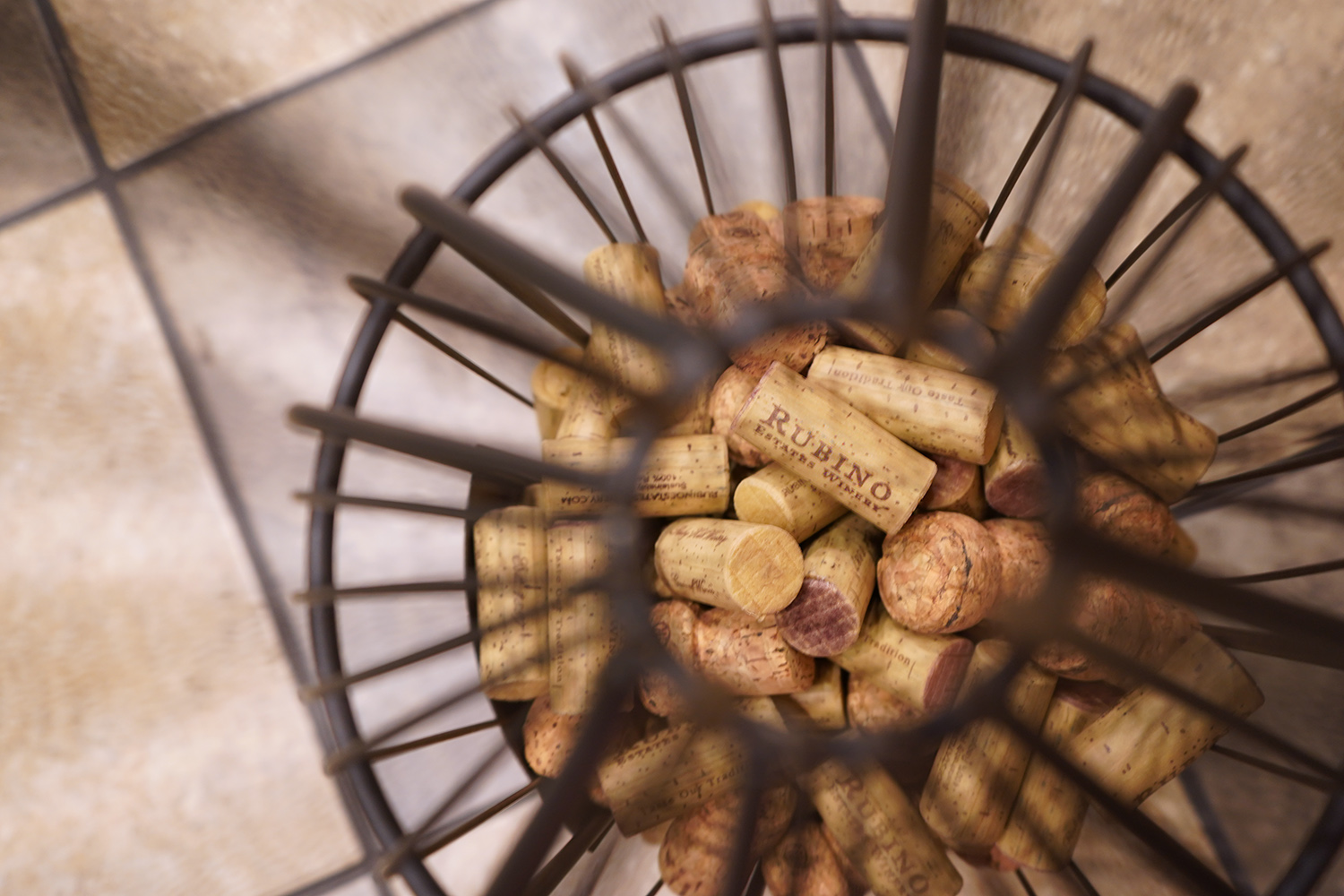Old Cork, New Cork
Whether you are new to the wine scene or have been enjoying vino for decades, you probably have some idea of what different bottle closures mean to you. There are several options commonly seen throughout the wine world and the industry seeks to balance their elegance, budget, and environmental impact. Whether you turn up your nose at a screw cap or break a corkscrew in a plastic composite stopper, a brief look into what these closures mean is a fascinating investigation.
Natural Corks
These classic stoppers became the gold standard for sealing wines in the 1800s, appropriately around the same time that modern corkscrews were developed. Natural cork is harvested from a variety of oak colloquially referred to as a "cork oak" which regenerates its spongy bark continually and can be harvested about once every decade. Producing natural corks can be a resource-intensive process, but the material is biodegradable. Some wine experts favor natural corks for their long-term aging wines because the tiny pores in the material allow miniscule amounts of air through, allowing the wine to develop over the years. On the other hand, this means that with the variation in the product there is a possibility for a variety of cork taints, making beautiful wine undrinkable.
Composite Corks
Composite corks come in several different forms depending on the budget and preferences of the winemaker. These corks are also sometimes referred to as agglomerated corks, and incorporate ground up cork particles, sometimes mixed with other similar substances. These stoppers behave more like natural cork than other closure options, but with more consistency within the product. Champagne corks are traditionally composite corks, made of ground up natural corked and sealed with a food-safe adhesive. Most agglomerated corks are best used in wines that will be enjoyed young, as they break down more quickly than natural corks, though the technology continues to develop.
Screw Caps
Though plagued by a stigma of being sub-par, screw caps do offer some advantages. One of the biggest risk factors in aging wine is oxidation, when too much air interacts with the wine and causes spoilage or even slightly off flavors. In the research done to compare and contrast various mainstream wine closures, screw caps have been shown to be the most effective for keeping wines safe from air. If you are going for a screw cap wine, white or rosé wines can be enjoyed for more years, as the screw top sealed bottles preserve the aromatic dynamics of the wine. There is some question if screw caps are the best for red wines because reds benefit from a tiny seep of oxygen, as referenced above in the discussion of natural corks.
Synthetic Corks
As with composite corks, there are several varieties of synthetic corks that are widely available. Some synthetic corks are made from malleable plastics that mimic the porous nature of natural cork without the variability or risk of cork taint. Other synthetic cork varieties create this effect using only natural, biodegradable materials. Here at Rubino Estates, almost every wine is sealed with cork made from sustainable materials derived from sugarcane. This is one of many measures we take to do our part in reducing negative environmental impact at every stage of the winemaking process.
